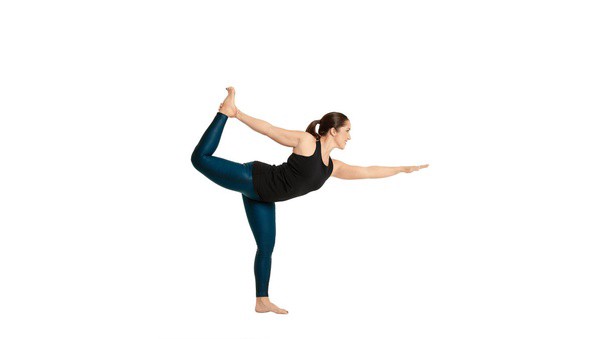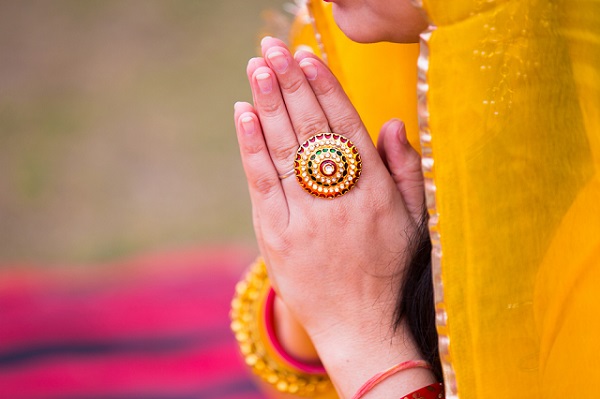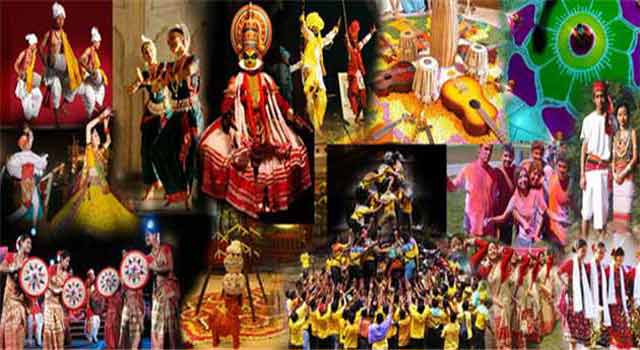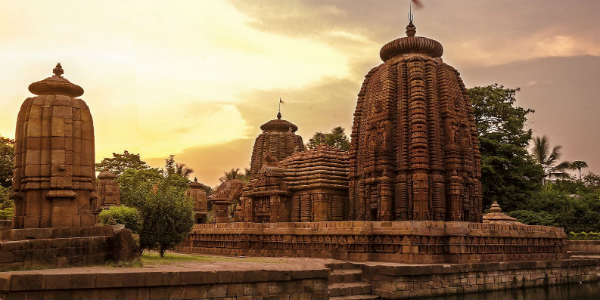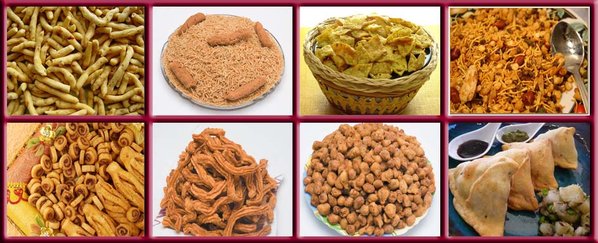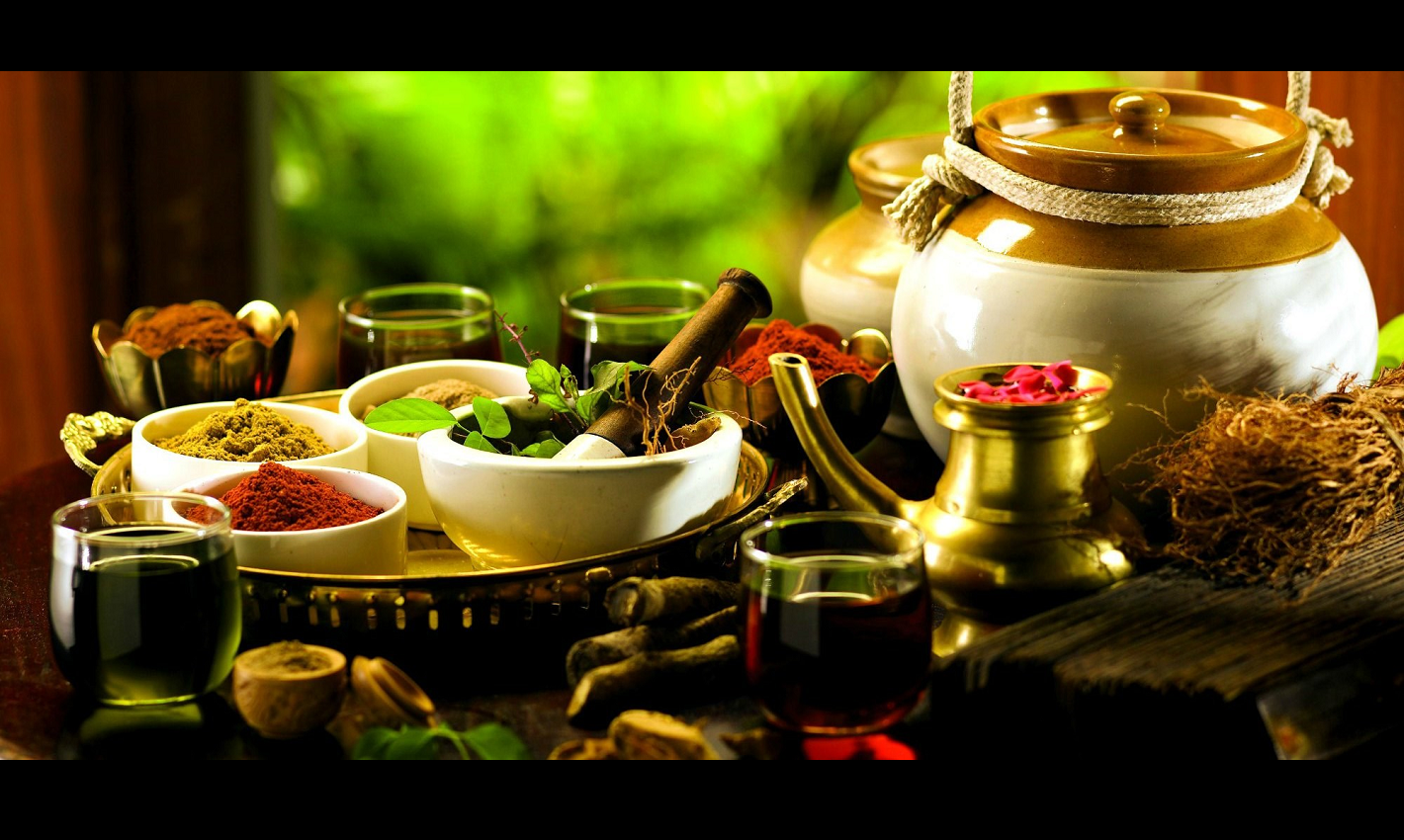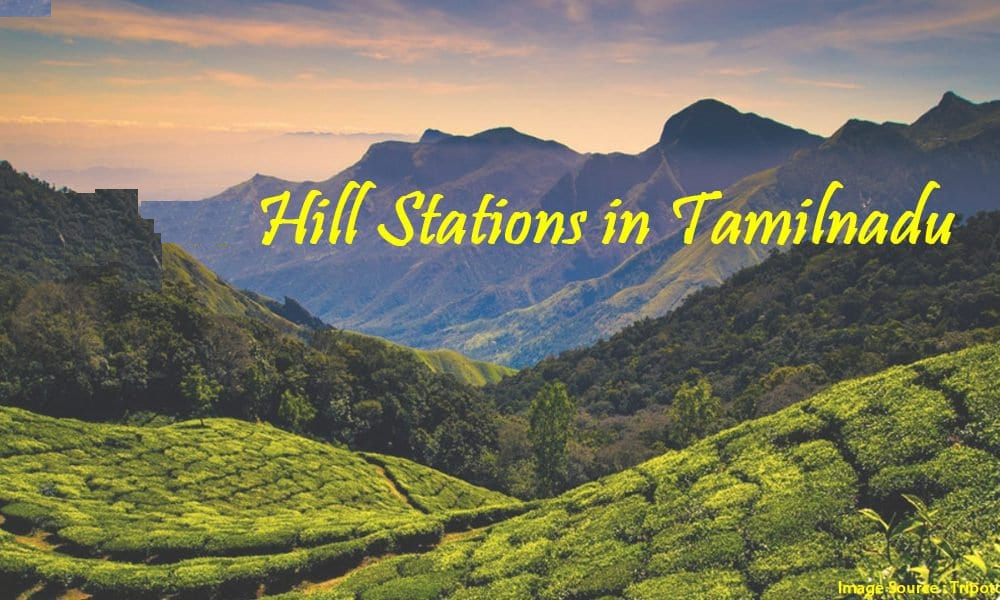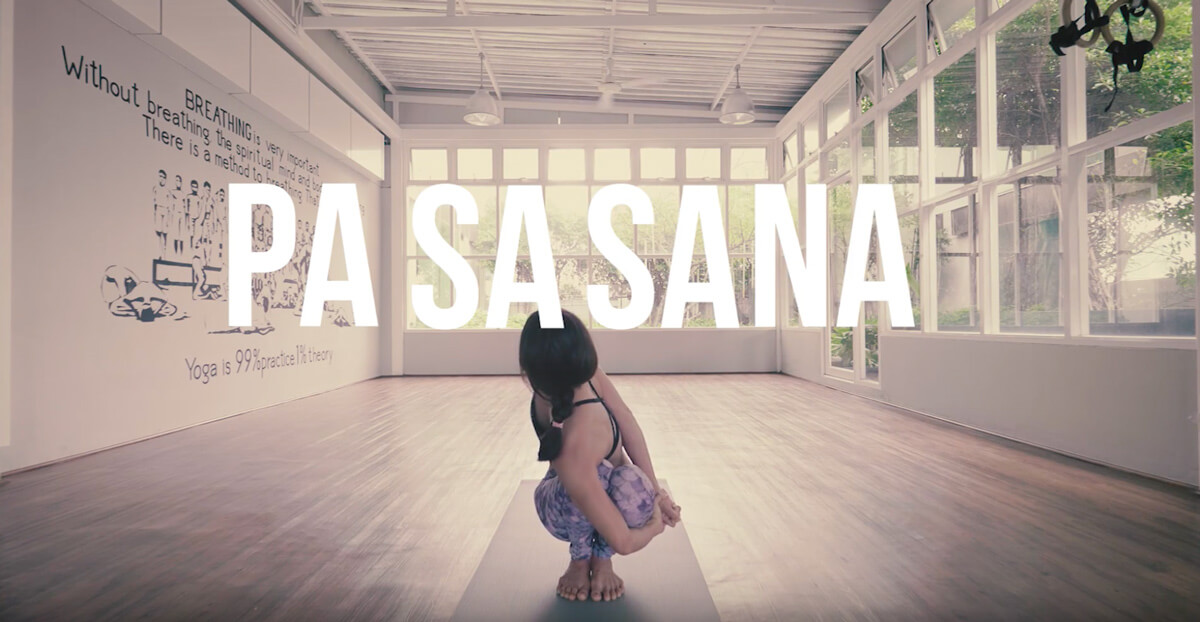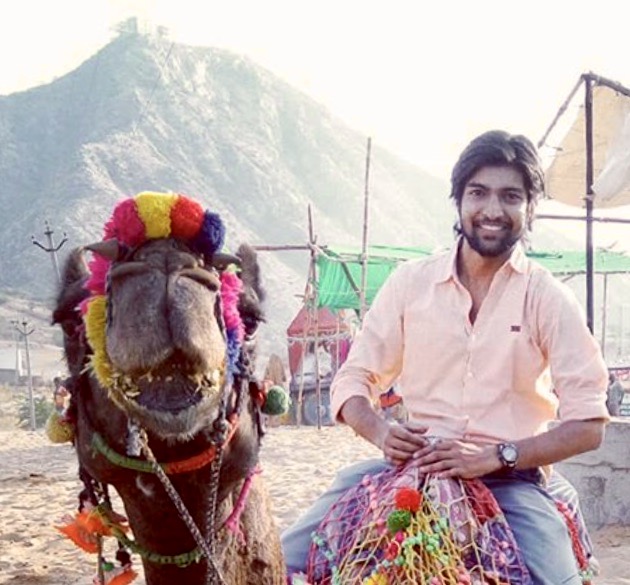Know more about followings website :
Natarajasana
Natarajasana is a cultural asana derived from Nataraja, the god of Dance. It stretches the body muscles, especially those of the back, the limbs and shouldes and chest.
Meaning of Natarajasana
The root word “Nata” refers to actor and dancer, Raja means “the king.” Natraj is another name for Shiva, who is also known as the cosmic dancer. His dance symbolizes cosmic energy in its “five actions:”
Effects of Natarajasana
* Stretches the shoulders and chest
* Stretches the thighs, groins, and abdomen
* Strengthens the legs and ankles
* Improves balance
Practice of Natarajasana
* Stand in Tadasana. Inhale, shift the weight onto the right foot, and lift the left heel toward the left buttock while bending the knee.
* Press the head of the right thigh bone back, deep into the hip joint, and pull the knee cap up to keep the standing leg straight and strong.
* Try to keep the torso relatively upright. The first is to reach back with the left hand and grasp the outside of the left foot or ankle. To avoid compression in the lower back, actively lift the pubis toward the navel, and at the same time, press the tailbone toward the floor.
* Begin to lift the left foot up, away from the floor, and back, away from the torso.
* Extend the left thigh behind the body and parallel to the floor.
Read more : Natarajasana
Indian Culture
Indian Culture seeks a wider harmony reconciling spirit with matter, preserving the truths of material science and its real utility.
It simultaneously keeps intact the spirit as the keystone of the arch of the culture. Indian Culture and traditions are something which has now become renowned all across the world. Indian Culture is very diverse and unique and has been interpreted in various ways.
To some philosophical and spiritual beliefs are the bases of Indian Culture. Others say that dreams and ideals as embodied in the best architecture, the sculpture and paintings reflect Indian Culture.
The South, East, West, North, Central and North-East have their own distinct cultures and almost every state has carved out its own cultural niche. There is hardly any culture in the world that is as varied and unique as India. India is a vast country, having variety of geographical features and climatic conditions. India is home to some of the most ancient civilizations, including four major world religions; Hinduism, Buddhism, Jainism and Sikhism.
The origin of Indian culture is the Vedic age which includes ancient treatises like,Upanishads, Ramayana and Mahabharata. The history of Indian Culture is deep rooted in the Indus Valley Civilization and the arrival of the Aryans. Both these phases are described as the pre-Vedic and Post Vedic periods respectively. It was during the Vedic period that Hinduism evolved.
Tolerance is one of the major features of Indian culture. All races have found their habitation in India but they have not been persecuted. Balance is also a marked characteristic of Indian Culture. It is also characterised by harmony. Ceaseless search after truth is another feature of Indian culture. Fundamentally, India has always possessed great unity and continuity of culture. India has found unity in religion and spirituality. All her art forms expressed the same truth.
In many ways the topography of India has affected the course of her history and culture. The spirit of tolerance has been nurtured and fostered by India’s geography. Diversity in landscape, climate and conditions of life prepared in the Indian minds a readiness to accept difference. The vast spaces offered room for slow infiltration by newcomers and allowed each locality scope for development along its own lines.
Read More :- Indian Culture
Folk Dances of Indian States
Folk Dances of Indian States reflect its cultural richness. They were originated among the common masses before 19th century.
Folk Dances of Indian States mark the intense platform encompassing creative extravaganza of different states of India. Each state of India has its own culture and tradition.
Folk dances of Indian States form an integral part of mass culture. Indian folk dances are performed in groups in villages and remote regions of the countryside, as an essential part of the local rituals and customs.
Origin of Folk Dances in Indian States
Folk Dances of Indian States got originated among the ordinary common mass of rural areas before 19th century from various rural areas. Primitive and undeveloped society witnessed the birth of dance either as a form of ritual or as an entertainment.
Folk Dances of North Indian States
Dumhal is a folk dance performed in Jammu and Kashmir by the Rauf tribe. Only the men folk of the Rauf are privileged to perform this dance. Generally, this dance is performed by wearing long, colourful robes and tall, conical caps, studded with beads and shells. Nati is the most famous dance of Himachal Pradesh.
Folk Dances of East Indian States
Jat-Jatin is the most popular folk dance of Bihar. It is performed by a pair of man and woman. Santhal, Jhumur, Paika, Phagua, Chhau, Bheja and Sarhul are the famous folk dances of Jharkhandwhich are performed with great enthusiasm by the tribal people.
Folk Dances of South Indian States
Padayani is one of the most significant folk dances of Kerala which is associated with some regional temple festivals, particularly in Kottayam, Kollam, Pathanamthittaand Aleppey districts of Kerala. Dollu Kunitha is a popular dance form of Karnataka, which is accompanied by singing and the beats of decorated drums. This dance is primarily performed by men from the shepherd or Kuruba caste.
Folk Dances of West Indian States
Dindi, Kala, Koli and Lavani are the prime folk dances of Maharashtra which present different societies of Maharashtra. Talgadi, Goff, Tonya Mel,
Kunbi dance, Suvari and Dasarawadan are the most popular folk dances of Goa.
Folk Dances of Central Indian States
Bharam, Setam, Saila and Ahirai are the most famous folk dances of Madhya Pradesh.
Chhattisgarh has eight prime traditional folk dances which are Saila Dance, Karma, Sua Nacha, Panthi Dance, Raut Nacha, Jhirliti and Gendi.
Read More :- Folk Dances of Indian States
Temples of Chhattisgarh
The state of Chhattisgarh is located in central India. This state is beautified by mountains, rivers, waterfalls, forests etc. The natural beauty of this state along with museums, historical sites, national parks, monuments and statues draw tourists to this state.
Gandheswar Temple
Gandheswar Temple is located in the town of Sirpur. This temple is dedicated to Lord Shiva.
Shivani Temple is located in the city of Kanker. This temple is dedicated to Shivani Maa.
Vishnu Mandir
Vishnu Mandir adorns the district of Janjgir- Champa. This temple is dedicated to Lord Vishnu.
Other Temples of Chhattisgarh
Some of the other temples of Chhattisgarh are Bambleshwari Temple, Chandi Temples, Laxman Temple, Shivarinarayan Laxminarayan Temple and Shankar Temple.
Read more : Temples of Chhattisgarh
Namkeen, Indian Snack
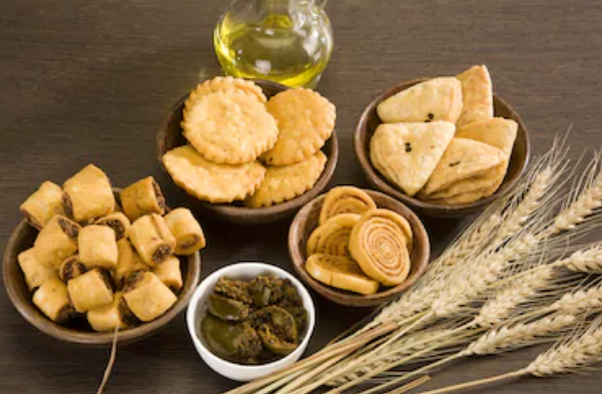
Namkeen refers to various savoury snack foods that are quick to prepare, spicy, usually fried, and eaten in the evening or morning with tea or with any one of the meals as a side dish.
Chiwda: Chiwda is a fried snack very popular during festivals. It is made by deep frying poha
and adding fried peanuts, coconut pieces, dry fruits and curry leaves.
Masala Ribbons: Masala ribbons are really easy to make. Just prepare a dough pass through kitchen press, deep fry and done.
Bhakarwadi: Bhakarwadi is simply amazing in taste bursting with flavours. It is a spicy tea time snack with a hint of sweet and slightly tangy.
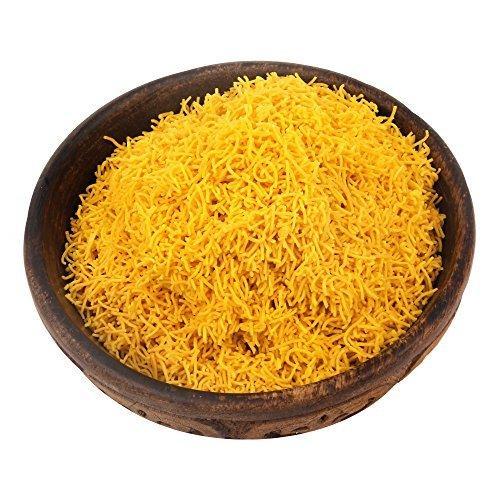
Besan ki Sev: Besan ki Sev are quite easy to make at home. It is a crispy and light snack that goes perfect with tea.

Mathri: Mathri is one of the best Indian tea time snacks which are made with plain flour or wheat flour.
Nimki: Nimki has a flavour of onion seeds and is crispy like Namak Pare. It has salty and spicy taste.
Read More :- Namkeen, Indian Snack
Ayurveda in India
Ayurveda in India is the traditional form of medicine that was developed by ancient sages whose perceptive observations led to the development of constitutional medicine.

Ayurveda is referred as a holistic system of medicine and health native to ancient India.
Ayurveda is the traditional natural healing system in India. The concept of Ayurveda is not just medical treatment or diagnosis of a diseased condition but much more than that.
History and Philosophy of Ayurveda
Ayurveda theory evolved from a deep understanding of creation by the great sages of ancient India through deep meditation and other spiritual practices.
Practitioners of Ayurveda in India
The research base is growing the physiological effects of meditative techniques and yoga postures in Indian medical literature.
Ayurvedic treatment offers five basic Ayurvedic Medications namely — Panch Karma , Herbal treatment, Yoga , Meditation and Rejuvenation Therapy.
Ayurvedic Hospitals and Institutions in India
Centre (IVAC), an award winning Ayurveda spa and resort in Mysore. Kerala is the epicentre of Ayurveda business. Ayurveda is expanding its sway. It has almost reached every possible corners of the world with beauty therapies, refreshing massages , yogic exercises , meditation and aromatherapy.
To know more visit here : Ayurveda in India
Hill Stations of Tamil Nadu
Hill stations in Tamilnadu give peace, mainly love to see coffee plantations… Aroma of coffee makes you live high again in life.
Sharng these blog to view you all … how beautiful our India is….
| Hill Stations of Tamil Nadu deals with the many hilly areas, which are popular among and the Indian and foreign tourists. These hilly beauty spots offer the coffee plantations and the vast stretch of forests. |
 Hill stations of Tamil Nadu have an amalgamation of the scenic beauty of nature and the ancient South Indian culture.
Hill stations of Tamil Nadu have an amalgamation of the scenic beauty of nature and the ancient South Indian culture.
The hill stations of Tamil Nadu are easily accessible from all the cities of Tamil Nadu as well as the cities of Andhra Pradesh and Kerala.
Some of the famous Hill Stations of Tamil Nadu are as follows:
 Coonoor, Nilgiris District
Coonoor, Nilgiris District
Coonoor is an ideal base for a number of trekking expeditions leading into the Nilgiri Hills.
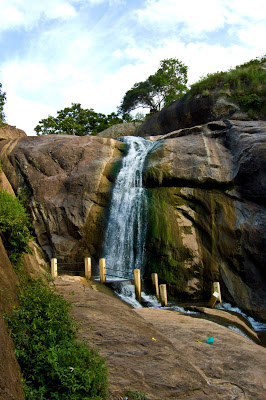 Javadhu Hills, Tiruvannamalai District
Javadhu Hills, Tiruvannamalai District
Javadhu Hills are an expansion of the Eastern Ghats Mountain Range, which spread across parts of Tiruvannamalai district in the northern part of the Tamil Nadu in…
View original post 174 more words
Pasasana
Stay Safe , Be Healthy to live life – Do yoga
 Pasasana is a cultural asana that involves wrapping
Pasasana is a cultural asana that involves wrapping 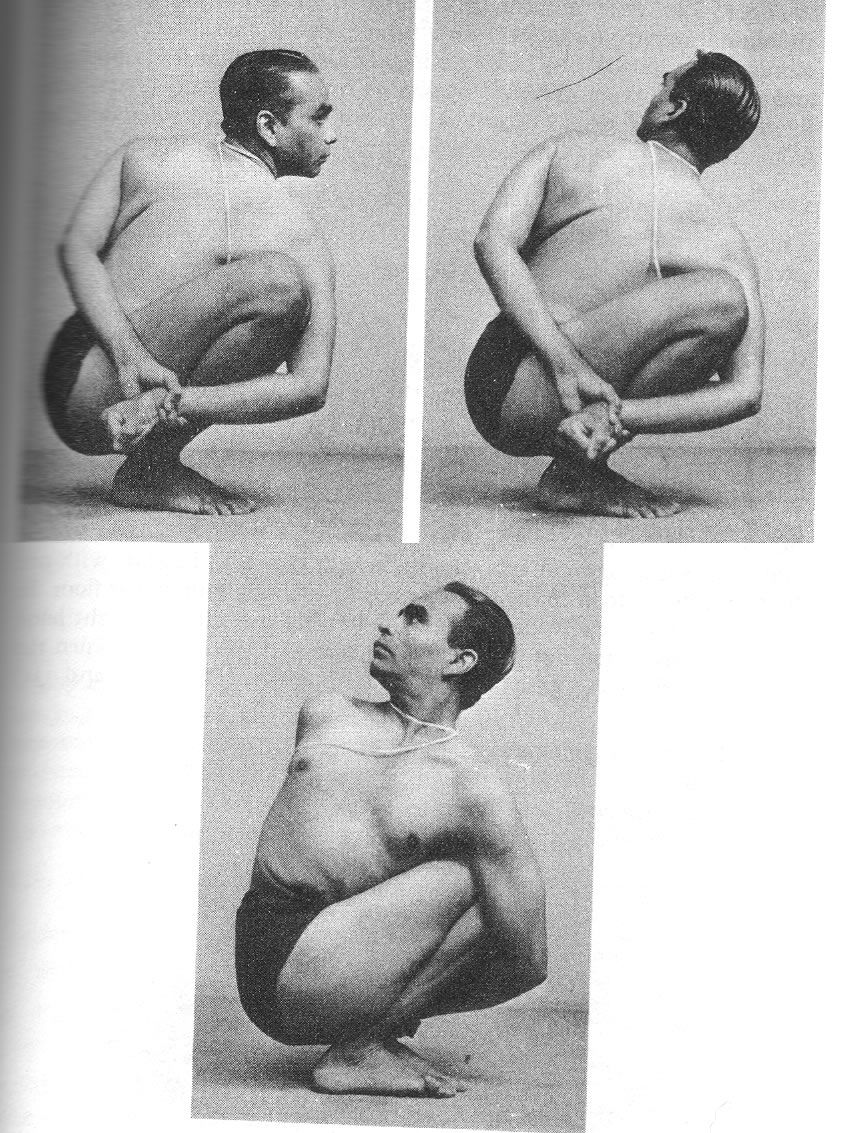 the arms around the squatting legs with the hands clasped behind the back.
the arms around the squatting legs with the hands clasped behind the back.
Pasasana is a cultural asana that is therapeutic for a host of illnesses, including asthma, back pains, neck tensions and indigestion.
Meaning of Pasasana
The literal meaning of pasa (or pasha) is snare, trap, bond or noose. The human body creates a noose by wrapping the arms around the squatting legs with the hands clasped behind the back.
Practice of Pasasana
 Stand in erect mountain posture (Tadasana) next to a wall with the feet hip-width and parallel to each other. Ideally, one
Stand in erect mountain posture (Tadasana) next to a wall with the feet hip-width and parallel to each other. Ideally, one  should stand a forearm’s distance from the wall.
should stand a forearm’s distance from the wall.
Standing in Tadasana with the wall on the right side, turn to the right and press the right palm into the wall-from wrist to elbow, the forearm should be parallel to the ground.
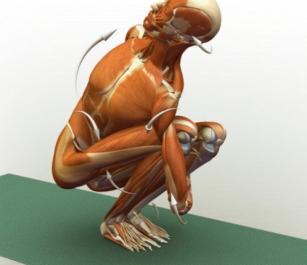 Effects of Pasasana Stretching of…
Effects of Pasasana Stretching of…
View original post 23 more words
Guest Blog Post: Incredible India! by Niks
India was known as ‘golden bird’ in ancient times. To know India i am sharing these blog with you all
Happiness Between Tails by da-AL
My idea of India is a place so fascinatingly diverse and vast that a lifetime of studying it can only scratch the surface. A teacher, a blogger and a photographer, Niks is based out of Jaipur, Rajasthan. His site is filled with intelligent posts with memorable photos of India. He also writes personally, such as how his small hometown is faring under the specter of COVID 19. Here are his tips for visiting Incredible India…
Incredible India by Niks
India is the most beautiful place to visit. It has an amazing history, culture, and heritage that attracts tourists from all over the world. It’s the best place to visit because it is a combination of art, culture, and heritage. There are many tourist places in India. These are historical places like forts, palaces, and also natural places like lakes and gardens.
View original post 457 more words
